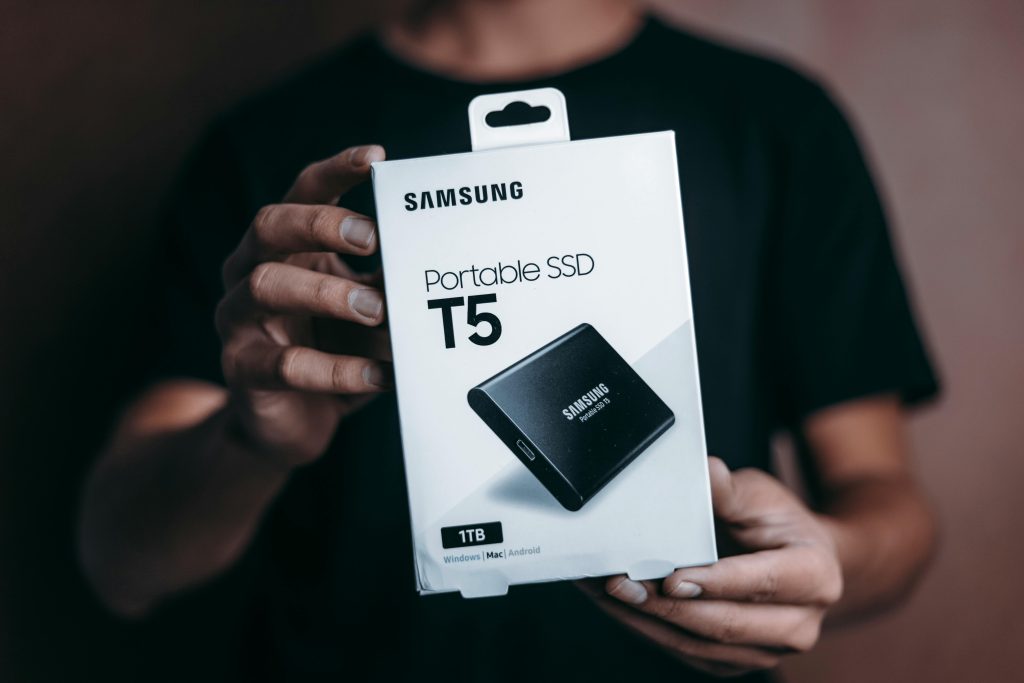Optimizing Multi-Display Setups for Enhanced Gaming: Automatically Switching to a Dedicated Screen for Steam Big Picture Mode
Introduction
Investing in a high-quality gaming setup often involves leveraging multiple displays to maximize comfort and immersion. Recently, many gamers have added new screens—such as OLED 4K TVs—to their setups, aiming to enjoy a cinematic experience while gaming. However, managing multiple monitors can sometimes be a challenge, especially when trying to automate the transition between regular use and gaming modes such as Steam Big Picture. If you’re wondering how to configure your Windows environment to automatically switch to a dedicated display when launching Steam Big Picture, this article provides a detailed guide to achieve that seamlessly.
Understanding Your Multi-Display Environment
Most users utilize multiple monitors or televisions connected to their PC, with Windows recognizing each as a separate display. A common setup includes a primary gaming monitor and additional screens used for browsing, streaming, or secondary tasks. The goal here is to keep a secondary TV (such as a new OLED 4K TV) connected constantly but hidden or disabled until gaming mode is activated.
What You Want to Achieve
- Keep both displays connected and powered on, but hide or disable the OLED TV until gaming begins.
- When launching Steam Big Picture Mode, automatically switch the primary display to the OLED TV.
- Ideally, disable other monitors’ displays during gaming to prioritize the gaming screen and improve performance.
- Automate this process to eliminate manual adjustments, creating a seamless transition between normal and gaming modes.
Possible Solutions and Methods
- Windows Display Settings and Hotkeys
Windows allows manual switching between display modes via the “Display Settings” or keyboard shortcuts (Win + P). However, these require manual input each time, which isn’t ideal for automation.
- Third-Party Display Management Software
Tools such as DisplayFusion, UltraMon, or MultiMonitorTool can help manage multiple monitors, including defining display profiles or scripts to switch configurations automatically.
- Creating Customized Scripts with Display Management APIs
Advanced users can utilize scripting (e.g., PowerShell or AutoHotkey) combined with display commands to automate switching and enabling/disabling monitors.
- Using Steam’s Built-in Display Configuration
Steam itself offers some control over display management when launching Big Picture, but it doesn’t natively support automatic display switching based on mode. However, it allows for command-line arguments and may work with scripts.
Implementing an Automated Solution
Here’s a practical approach to achieve the setup you desire:
A. Identify Your
Share this content:

